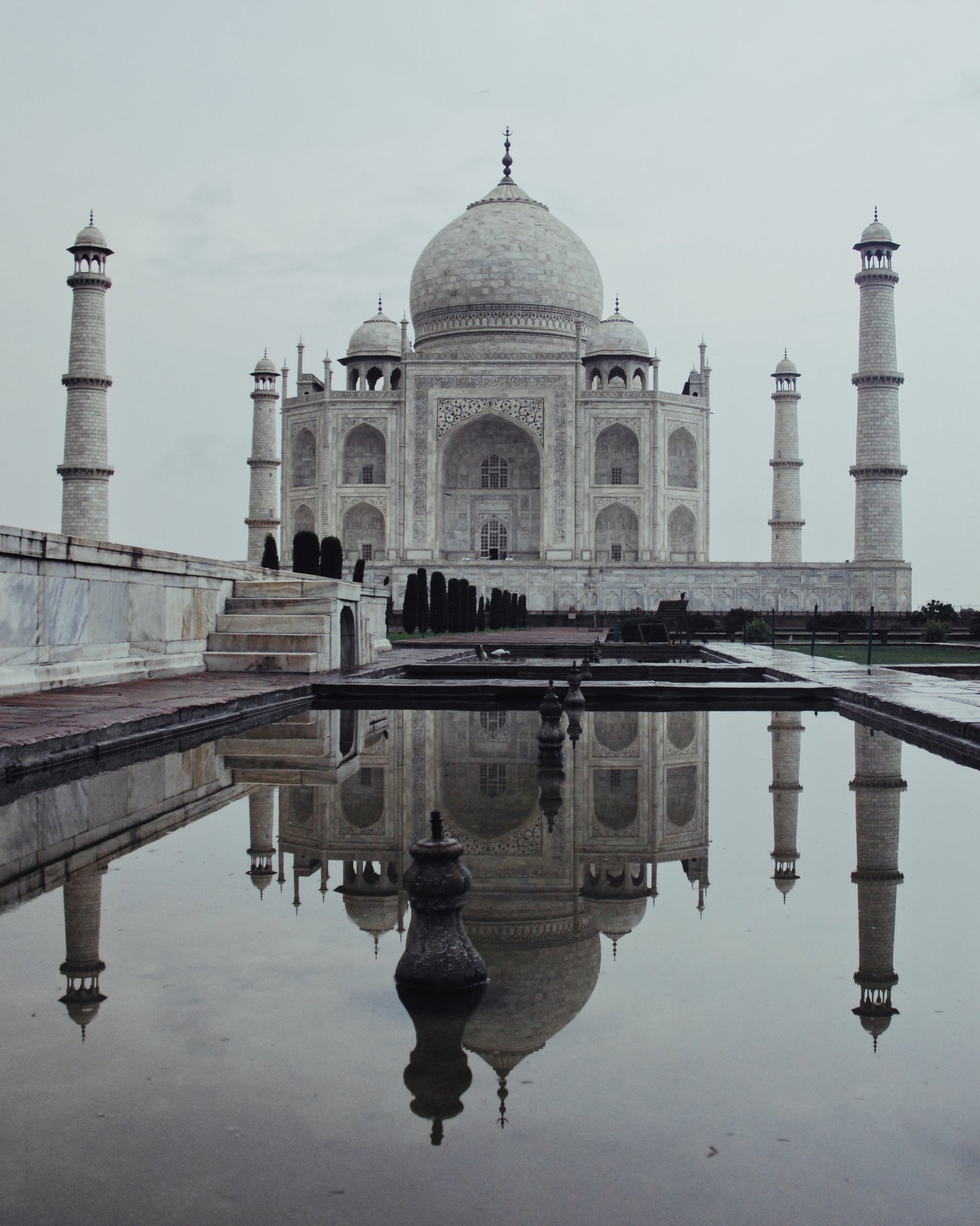Spiritual Spaces of North India
It is fair to say that when it comes to spiritual places in northern India, as visitors, we are absolutely spoiled for choice here. The only thing restricting us is usually our available time. So, although this is by no means a complete compendium, here are some of the favourite places I came across during my time here.
The Great Buddha statue in the village of Bodh Gaya in the northeastern state of Bihar. It is considered a place of sacred pilgrimage for Buddhists as it is where Prince Siddharta reached enlightenment under the Bodhi Tree and became Buddha.
The Taj Mahal in Agra is made of ivory-white marble. It is a mausoleum commissioned by the Mughal Emperor Shah Jahan to house the tomb of his favourite wife Mumtaz Mahal, who was a Persian princess that passed away while giving birth to their 14th child.
One of the defining aspects of Islamic art and architecture is that although it shows an almost obsessive dedication to intricate details, artisans will often break a pattern deliberately, interrupting the order and logic of the design. Geometric forms were thought to embody the divine order of the universe, and art revealed God’s true nature through geometric design. Deliberate errors are evidence of humility and deference to the absolute perfection of God. I love seeking out these purposeful 'imperfections' when I visit these spaces.
A sculpture from the Elephanta Caves on Elephanta Island which is located off the coast of Mumbai. The remaining rock-cut sculptures are predominantly dedicated to the Hindu God Shiva, but they also show an amalgamation of Buddhist and Hindu ideas and iconography.
The carvings narrate Hindu mythologies, with the large monolithic 20 feet (6.1 m) Trimurti Sadashiva (three-faced Shiva), Nataraja (Lord of dance) and Yogishvara (Lord of Yoga) being the most celebrated. Many of the sculptures were defaced or damaged during the Portuguese occupation of the island, with early attempts at restoration being made by the British in 1909.
A sculpture of Buddha in the middle of a field, the inscription reading: "May all beings share our merits equally with us."
Sujatha Temple in Bodh Gaya is dedicated to the tribal woman Sujatha who fed Buddha his first morsel of food after having reached enlightenment during a six-year meditation.
One final view of the Taj Mahal beautifully framed through the arch of a neighbouring building.
Explore my previous Travel Diary on the Great South Indian Outdoors here.
All images © Oceana Mariani 2018.







